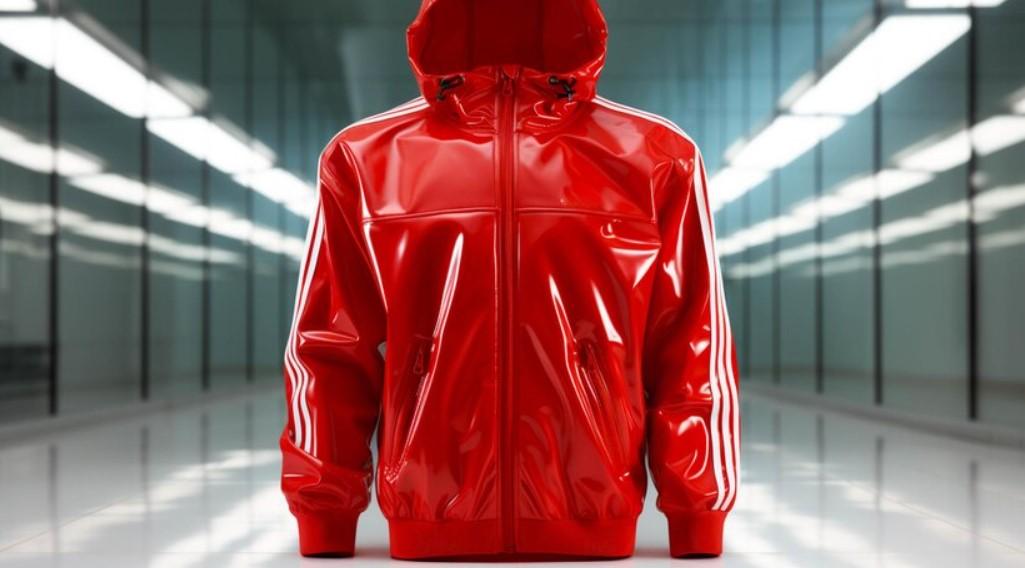Hey there, fellow Singaporeans! Are you ready to tackle your PVC jacketing installation project like a seasoned pro? Whether you're a DIY enthusiast or a seasoned professional, installing PVC jacketing requires careful attention to detail to ensure optimal performance and longevity. Fear not, because I've got you covered with these essential tips to help you breeze through the process like a champ!
Understanding PVC Jacketing and Its Benefits
Before we dive into the nitty-gritty of installation, let's take a moment to understand what PVC jacketing is and why it's such a popular choice for insulating pipes and ducts:
- What is PVC Jacketing? PVC jacketing is a type of protective covering made from polyvinyl chloride (PVC) that is applied to pipes and ducts to provide insulation and protection against environmental factors.
- Benefits of PVC Jacketing: PVC jacketing offers excellent thermal insulation properties, is resistant to moisture, chemicals, and corrosion, and is highly durable, making it ideal for a wide range of applications.
Preparing for Installation: The Key to Success
1. Measure Twice, Cut Once
Before you start cutting your PVC jacketing, be sure to measure the pipes or ducts carefully to ensure a precise fit. Remember, accuracy is key to achieving a professional-looking finish.
2. Clean and Prep the Surface
To ensure proper adhesion, thoroughly clean the surface of the pipes or ducts before applying the PVC jacketing. Remove any dirt, grease, or debris using a suitable cleaner and allow the surface to dry completely.
3. Choose the Right Adhesive
Selecting the appropriate adhesive is crucial for a successful PVC jacketing installation. Opt for a high-quality adhesive that is specifically designed for use with PVC materials to ensure maximum bonding strength and durability.
Installation Techniques: Tips and Tricks
4. Start from One End
When applying PVC jacketing to pipes or ducts, start from one end and work your way towards the other end in a systematic manner. This will help prevent wrinkles and ensure a smooth, uniform finish.
5. Use Proper Sealing Techniques
To prevent moisture and other environmental factors from penetrating the PVC jacketing, be sure to use proper sealing techniques at joints, seams, and edges. Consider using PVC tape or heat-shrink sleeves for added protection.
6. Apply Even Pressure
When wrapping the PVC jacketing around pipes or ducts, apply even pressure to ensure proper adhesion and eliminate air bubbles or wrinkles. Use a roller or hand pressure to smooth out any imperfections.
Safety First: Protect Yourself and Others
7. Wear Protective Gear
Before you begin the installation process, be sure to wear appropriate protective gear, including gloves, safety goggles, and a dust mask, to protect yourself from potential hazards such as sharp edges and adhesive fumes.
8. Work in a Well-Ventilated Area
To minimize exposure to adhesive fumes and ensure a safe working environment, be sure to work in a well-ventilated area with adequate airflow. Open windows and doors, and consider using a fan or ventilation system if necessary.
Finishing Touches: Putting the Final Flourish
9. Inspect and Double-Check
Once you've completed the PVC jacketing installation, take a few moments to inspect your work and double-check for any missed spots or imperfections. Address any issues promptly to ensure a professional-looking finish.
10. Clean Up and Dispose of Waste Properly
Finally, don't forget to clean up any debris or waste materials and dispose of them properly according to local regulations. Keeping your work area clean and tidy not only ensures a professional appearance but also helps protect the environment.
Conclusion
And there you have it—10 essential tips for installing PVC jacketing like a pro! By following these guidelines and techniques, you can tackle your PVC jacketing installation project with confidence and achieve outstanding results. So roll up your sleeves, gather your tools, and let's get started on transforming your pipes and ducts into insulated wonders!

